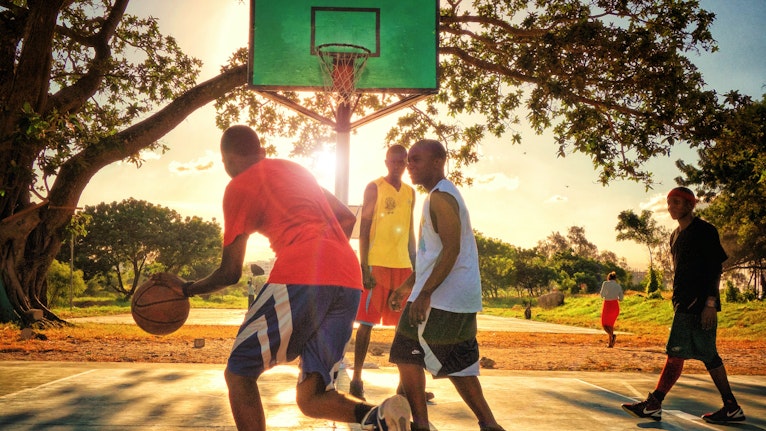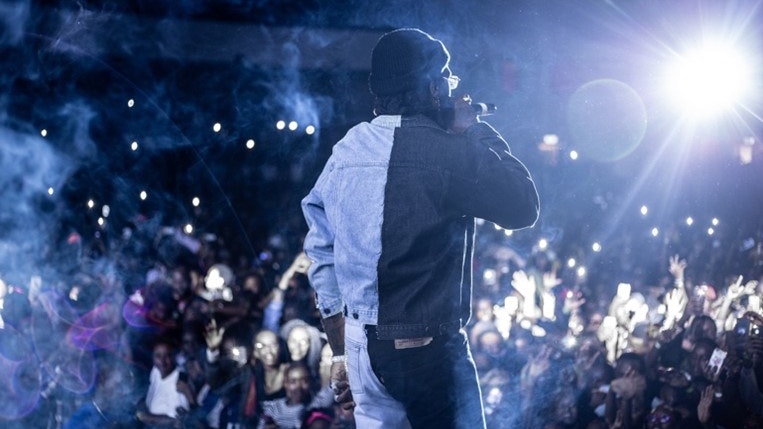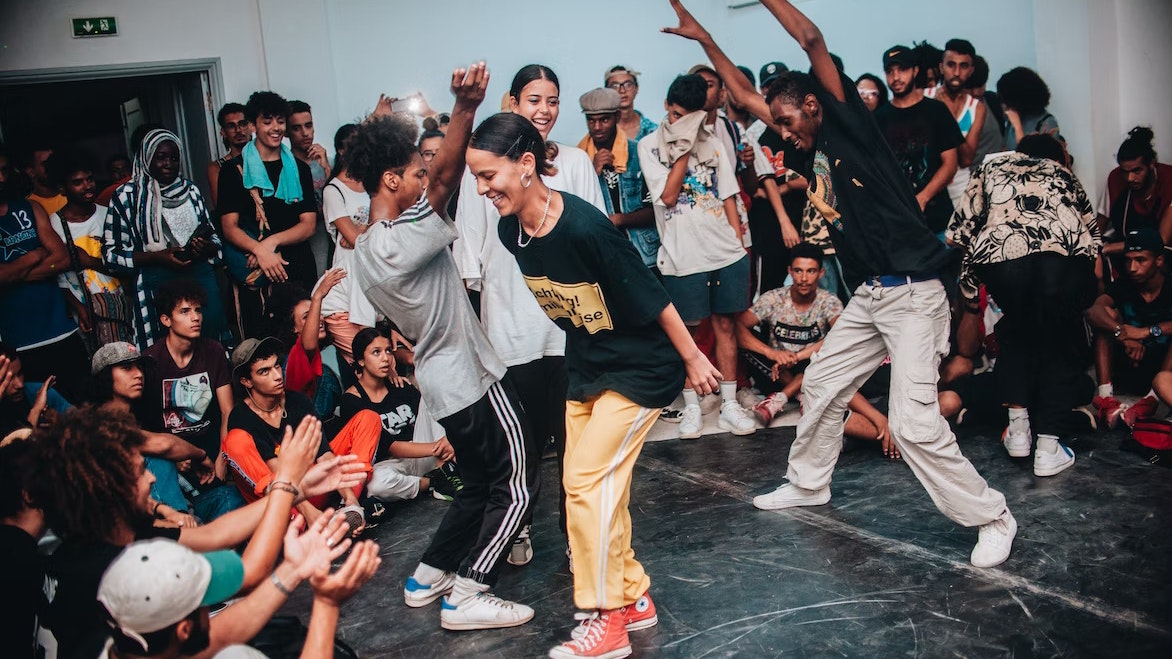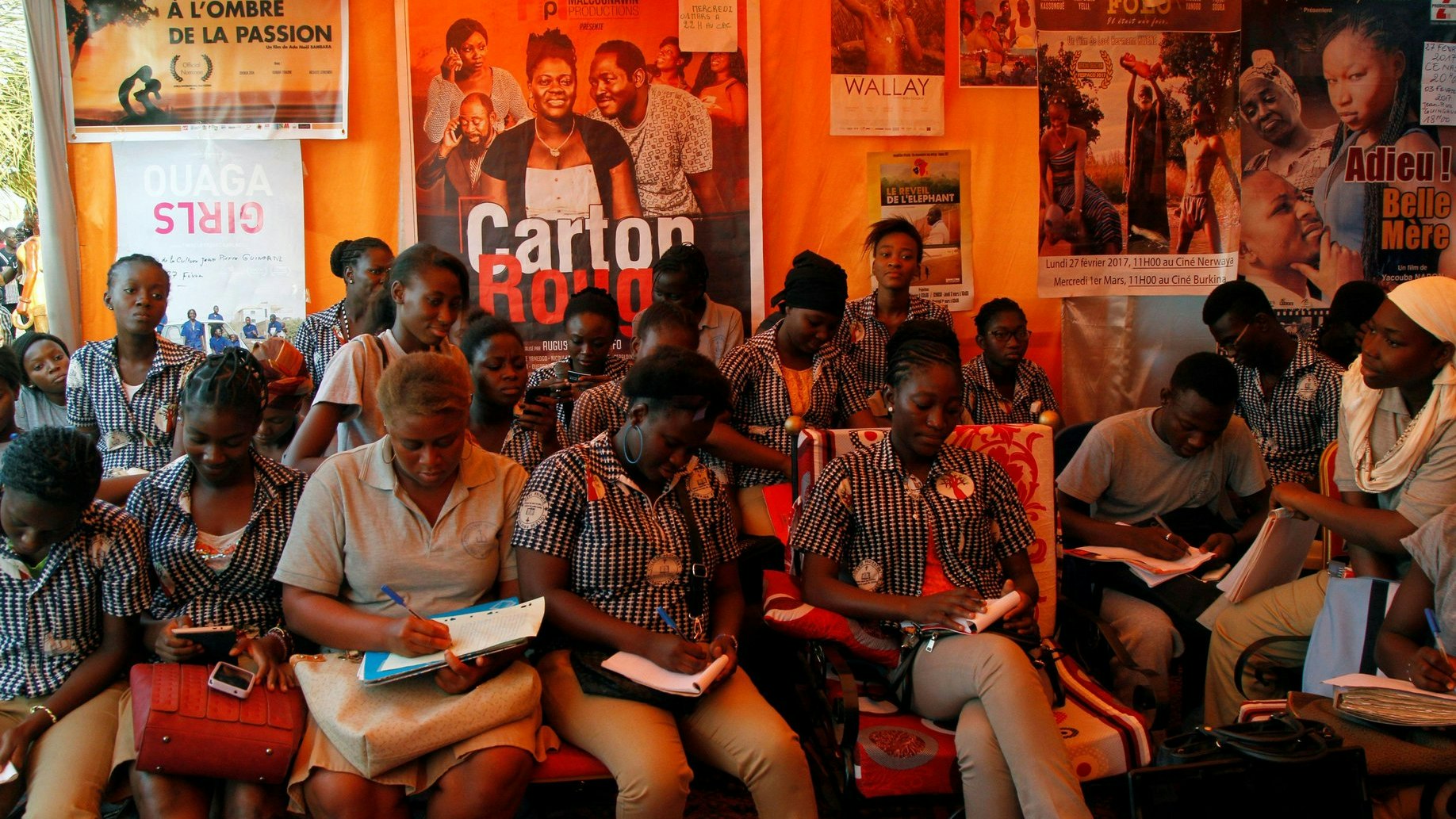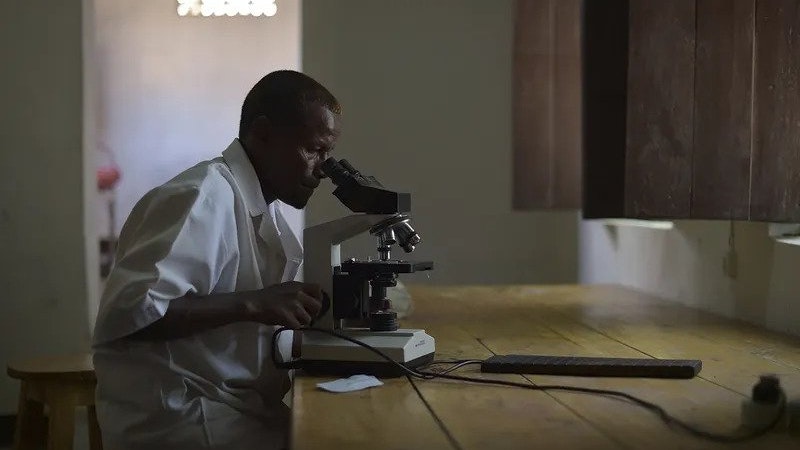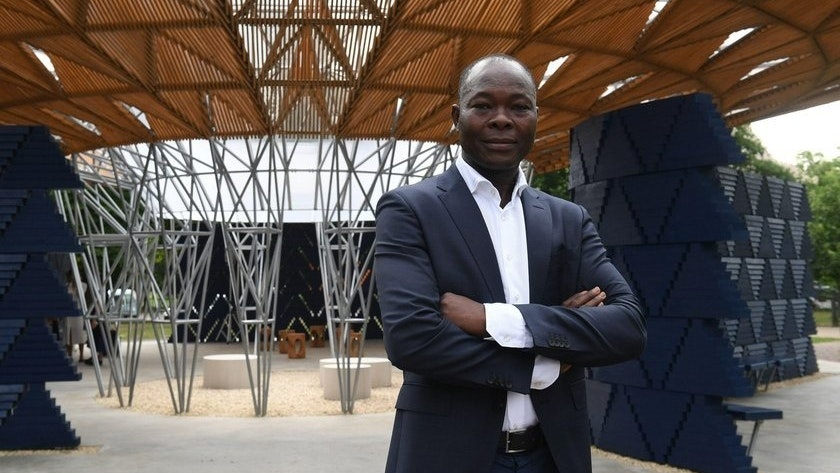
Diébédo Francis Kéré is one of the most celebrated African architects of recent times, and his uniquely informed, sustainable designs are leading the global conversation around the future of considered constructions.
Born in the village of Gando, Burkina Faso, and son of the village chief, Kéré was the first in his community to attend school, later studying architecture at the Technical University of Berlin.
His buildings work economically and climatologically, intelligently using light and space to overcome harsh climatic conditions with traditional technologies and communities’ architectural heritage.
Dividing his time between Burkina Faso and Berlin, where he runs a namesake studio in coordination between his African team and local experts, Kéré was recently awarded the Pritzker, becoming the first African to win the profession’s highest honour.
Returning to his roots
‘I knew I had a duty to my people,’ Kéré told The Guardian. ‘I wanted to do everything I could to find an adequate technique for building a school, with climate conditions to give basic comfort for true teaching, learning and excitement.’
Motivated by his experience of poorly ventilated, cement-based classrooms, Kéré returned to Gando to create a primary school, raising £20,000 for its construction in 2001 as part of his final year project at university.
The school’s design involved using local resources, such as earth bricks made on site (clay bricks mixed with concrete), and a perforated ceiling topped with a thin, suspended roof to encourage stack ventilation, alongside engaging the community in the construction process.
In an interview with Dezeen, he said his aim was ‘to create a building that responded the best to the needs of the climate and the needs of the people, using the most available material’.
This collective, community-based approach to construction started a sustainable model of practice that Kere has since applied across Africa and the rest of the world.
The secret to sustainable building? Local resources and community engagement
Celebrating ‘locality’, Kéré’s architecture has a reputation for combining high-tech engineering with local, traditional materials and knowledge to create durable, practical, and astoundingly elegant structures.
Gaining the support and trust of the local community is central to Kéré’s approach.
‘People need to be part of the process. We train local people to use local materials differently to create the buildings. It’s very simple, but effective'.
This process creates local employment opportunities, skills mentorship, and community cohesion and identity.
Going global, staying local
Kéré’s highly nuanced, broad work spans the national and international.
From his designs for the Centre de Santé et de Promotion Sociale, Burkina Faso, built using local materials and sustainable energy systems, to the Startup Lions Campus in Kenya designed in reference to termite mounds, Kéré’s innovations seamlessly dissolve with and into their environments.
The architect’s international fame stems from the indigo-blue structure for the 2017 Serpentine Pavilion designed to funnel rainwater into a waterfall, and ‘House of Celebration’ or Sarbalé Ke in the Bissa language of Burkina Faso, was a baobab tree inspired installation for the 2019 Coachella Music and Arts Festival in the US.
What next for Africa’s most awarded architect?
‘We are interlinked, and concerns in climate, democracy and scarcity are concerns for us all.’
Unusually for a recipient of the Pritzker prize, which is often considered a lifetime achievement award, Kéré’s most ambitious buildings are still to come.
Current projects include the new Goethe Institute in Senegal, a towering civic centre for the university campus in Munich, and his most anticipated project so far; the National Assembly of Benin. Currently under construction, the auditorium rises out of the ground in the capital, Porto-Novo, in the form of a majestic palaver tree.
The future of sustainable, collaborative architectural practice in Africa, and the rest of the world, is in safe hands.
